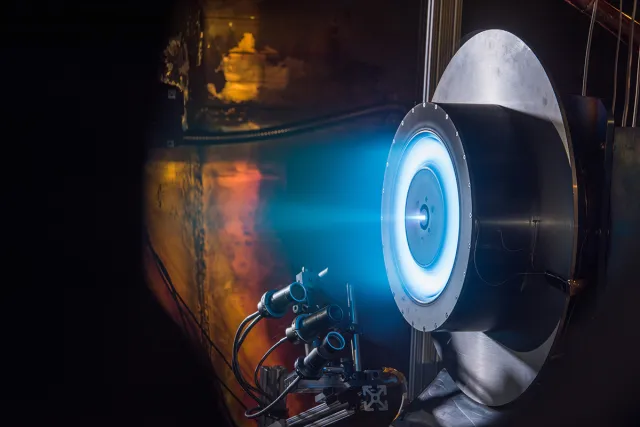NASA plans to build a plasma rocket capable of sending people to Mars within just two months.
The Pulsed Plasma Rocket is planned to generate up to 100,000 Newton's thrust force for every 5,000 seconds or equivalent to the total force a helicopter exerts throughout its whole flight.

(Photo : NASA)
Most important of all, the rocket is capable of carrying and transporting much heavier spacecraft easily, allowing even crewed missions to use this rocket in the future.
NASA Plans to Shorten Travel Time to Mars
Normally, a one-way rocket takes at least nine months to travel from Earth to Mars. A full round trip would be even longer at 21 months as the ship must wait three months to match the Earth's position before takeoff.
The process could take even longer due to unforeseen delays and technical issues, further increasing expenses to fly the rocket.
With the rocket's propulsion power, a spacecraft is expected to "reach high velocities for reasonable mission transit times."
The plasma rocket was among the six selected project proposals in NASA's Innovative Advanced Concepts to receive development support. It was developed by Brianna Clements of Howe Industries.
Also Read: Nokia, NASA Plans to Bring 4G Network to the Moon
NASA Ramps Up Mars Mission Efforts
The development support for the planned Pulsed Plasma Rocket is expected to boost NASA's ongoing efforts to fasten
The space agency has already started opening more volunteer positions in Mars-simulated environments, preparing more people to form colonies on Mars.
So far, the space agency has already collected enough data to help future astronauts prepare for life on a foreign planet thanks to all the remote drones and land rovers sent over the past decade.
This is in addition to the US's upcoming return to the moon as NASA intends to use data from the Artemis missions for its eventual journey to the Red Planet.
Related Article: NASA Opens Call for Volunteers to Live Yearlong on Simulated Mars










